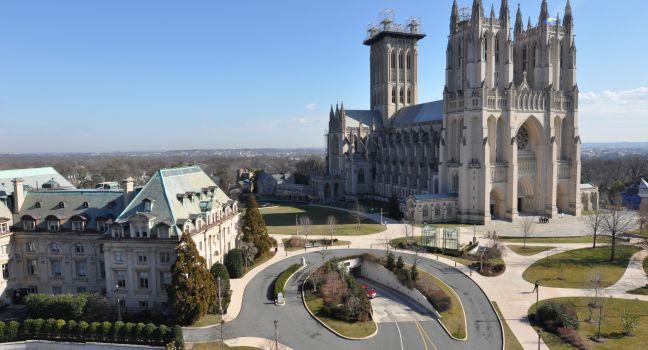Rock Creek Park
The 1,754 acres surrounding Rock Creek have provided a cool oasis for visitors and D.C. residents ever since Congress set them aside for recreational use in 1890. The bubbling, rocky stream draws nature lovers to the miles of paved walkways. Bicycle routes, jogging and hiking paths, and equestrian trails wind through the groves of dogwoods, beeches, oaks, and cedars, and picnic areas are scattered about. An asphalt bike path running through the park has a few challenging hills but is mostly flat, and it's possible to bike several miles without having to stop for cars (Beach Drive is closed entirely to cars on weekends). The most popular run in Rock Creek Park is along a trail that follows the creek from Georgetown to the National Zoo, about 4 miles round-trip. Rangers at the Nature Center and Planetarium introduce visitors to the park and keep track of daily events; guided nature walks leave from the center. The park is open only during daylight hours.





